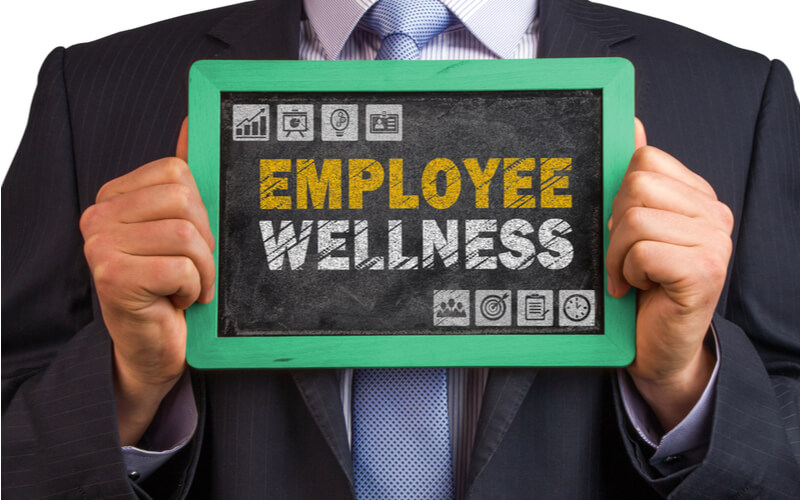4 minute read
The COVID-19 pandemic has had immediate and lasting impacts on employee health. Since employee health and wellness has been put into the spotlight, many employers are expected to expand their wellness offerings in 2022. Here are four popular employee wellness trends to look out for in 2022.
- Financial Resources
The pandemic has reinforced that money is a top stressor for many employees. Employers can help their employees by offering financial guidance and educational resources. Financial wellness programs are available which offer things like personal financial planning meetings, tuition reimbursement, and seminars. Choose programs or resources that offer a wide variety of services. Your multi-generational workforce will have different financial concerns depending upon their current life stage.
- Mental Health Resources
During the pandemic, many organizations have prioritized mental health. But many employees are still dealing with stress and anxiety in their personal and professional lives. They are facing changing workplace responsibilities and policies and navigating how to reconnect with friends and family.
Employers who are invested in their employees’ mental health often yield healthy employees who take fewer days off, are more productive, and contribute to a positive workplace culture.
Some ways employers can expand their mental health offerings is by expanding their telebehavioral health, employee assistance program (EAP), or use of mental health apps. By delivering diverse health care resources that deliver behavioral, emotional, and social services, employers are in a great position to increase their employees’ overall well-being.
- Health Equity
The pandemic has shed some light on health disparities. Social and economic challenges such as health care, income, and childcare can influence overall well-being. Some employers are tackling health inequalities by making employee benefits and wellness programs more inclusive and affordable. The goal is to ensure that all employees have access to the health care they need.
Some health insurance providers are also working with local, state, and federal governments to improve health equity to ensure Americans have an equal opportunity to thrive and achieve their best health. Employees can select providers striving to make health care more affordable and accessible to all employees. Employers have a great chance to help employees maximize their full health potential by supporting efforts that advance health equity in the communities where employees live and work.
- Work-Life Balance
Employee wellness programs must continue to evolve to meet the demands of the current workforce. Hybrid and remote working are here to stay, and employers must recognize the unique challenges that these workers face. Work/home boundaries are blurred, and employees may experience burnout or a decrease in their physical or mental health.
Taking a holistic approach and addressing all aspects of the body and mind is a good way that employers can offer resources and support. Health plans could include access to mental health professionals and assistance dealing with depression and stress. Employers may also want to consider how to increase flexibility or time off for mental health or recharging.
Conclusion
The most robust 2022 employee wellness offerings and programs are most likely to be employee-centered, focusing on how to provide the most comprehensive, attainable, and affordable benefits. Organizations can start with evaluating their current wellness initiatives and thinking about ways to improve them.
Download the bulletin for more details.
This blog is intended to be a compilation of information and resources pulled from federal, state, and local agencies. This is not intended to be legal advice. For up to the minute information and guidance on COVID-19, please follow the guidelines of the Centers for Disease Control and Prevention (CDC) and your local health organizations.

